I wouldn’t say I was a fan of James Nares’ paintings — something about the fact that I can never tell if I’m looking at a painting or a silkscreen print really bothers/annoys me. It could also be the fact that his gallery, Paul Kasmin, in their press releases, tries to describe him as an ‘outsider’ artist, making work unlike any of his contemporaries (although, perhaps this is an annoyance felts towards the gallery and not towards the artist). And perhaps it’s the fact that I feel as though Nares is betraying Roy Lichtenstein through his sloshy, macro-brushstroke paintings; it’s almost as though Lichtenstein should have been ‘referencing’ (as contemporary artists so often do) Nares’ paintings in his benday-dot, “Brushstroke,” from 1965. It seems almost in reverse — as though Nares got to the idea first, and Lichtenstein only had to build upon the idea. Or, maybe Nares is ‘referencing’ “Brushstroke” in reverse. Maybe I feel jealous, or protective. I mean, Lichtenstein has a legacy, but Nares gets the 21st century fame! Either way, I’ll quit my gripin’, because this isn’t about Nares’ paintings, but rather his video works, which absolutely delighted me!
What initially drew me in was the noise of PVC pipes gloriously falling, or being thrown — in spastic rhythm — against a wall in an empty concrete room. First of all, I love the sound of PVC pipes: they are like construction’s conga drums and my haphazard percussion instrument of choice. They produce a pleasing range of high and low notes, and could easily be used as a sort of woodwind instrument if somebody put in the effort. So, what drew me into the viewing room was the pipes, aptly titled “Pipes”; what made me stay was the promise of another amusing, titillating video, “Giotto’s Circle” (1976).
“Giotto’s Circe,” follows a trend of single male artists documenting their silly — yet somehow deeply poignant– studio activities on video. What was different about Nares in this video (as compared to William Wegman’s video from the 70s) is the assistant, or friend, who is holding the camera, rather than a fixed tripod (Nares is not flying solo here).
A shirtless young man walks up to a wall in what appears to be a dilapidated warehouse, but is probably the artist’s dingy, yet fabulous, studio in Manhattan. His back is tanned, his shoulder-length hair is wispy and sun kissed, and his pants are pulled high in disco style (all in all, a fine looking man!). He is holding a long, thin piece of metal horizontally, probably 7-9 feet in length. With his back turned to the camera, he begins to rock the metal pole up and down in a see-saw motion. As he increases the energy of these pendular motions, the viewer begins to wonder where the circle will come into play. Almost immediately after having this thought, I began to notice a faint outline of a perfect circle come into view. Almost like magic, or par with the excitement of mixing Kool-aid with water, the entire wall in front of the man begins to change. The wall slowly, and somehow suddenly, changes color in a miraculous way. The colors do not actually change, but become more obvious and important to the viewer. The wall is a stunning deep turquoise, made all the more dazzling by the dull beige of the concrete showing through the chipped paint. The scratched lines that the metal pole is creating stands out as a bright white. In addition, a burnt-orange haze hangs around the top of the screen, with a fluorescent green hovering just below (evidence that this was shot of faulty film or processed incorrectly).
This piece is titled, “Giotto’s Circle,” a clear homage to Florentine painter, Giotto di Bondone, who is best known for his biblical frescos from the early Italian Renaissance. Story has it that Giotte was up for a possible commission for the Pope, and when asked to deliver an example of his best work, dipped a paintbrush in red and composed a perfect circle on the canvas. The Pope was initially confounded and insulted, but shortly thereafter realized the mastery of Giotto’s technical skill. Why Nares is paying homage to Giotto’s circle is anybody’s guess. With an entirely different strategy, Nares approaches this challenge with ingenuity, but I doubt the pope would be as inspired as I am.
Focus back to the male specimen, who at this point stands in as the Etruvian man: handsomely proportioned, fit, clean, creative, and productive, all summed up in the circle which he stands inside of. The idea of an Etruvian man, or rather, the American man? Either way, he’s my new video man, at least until my next date with Wegman.

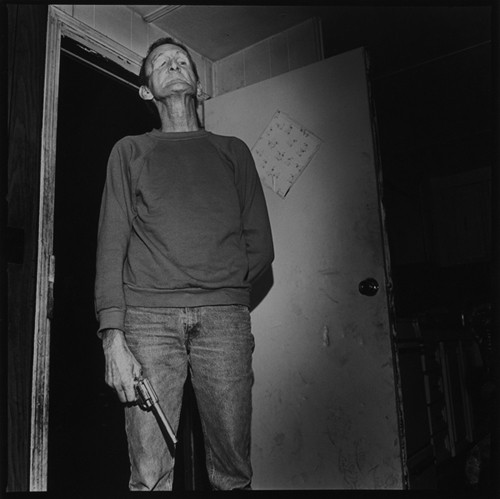
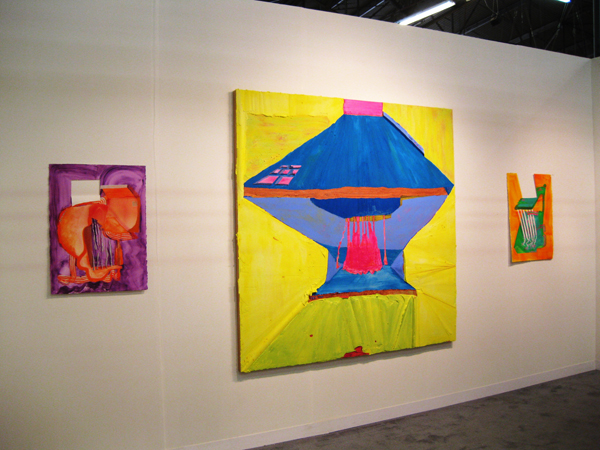
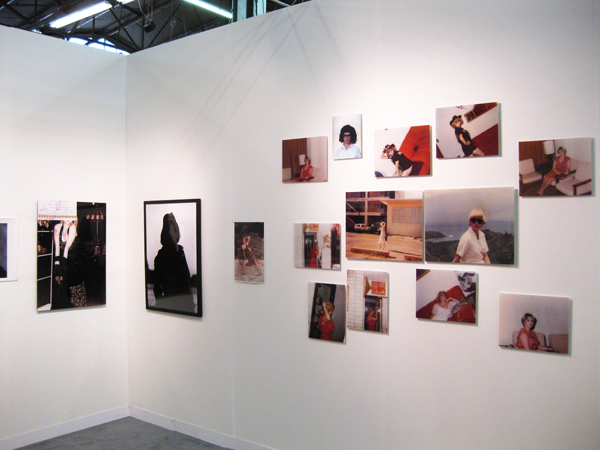

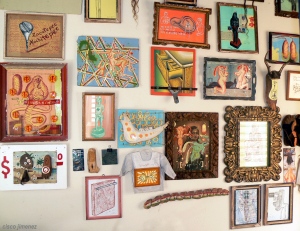


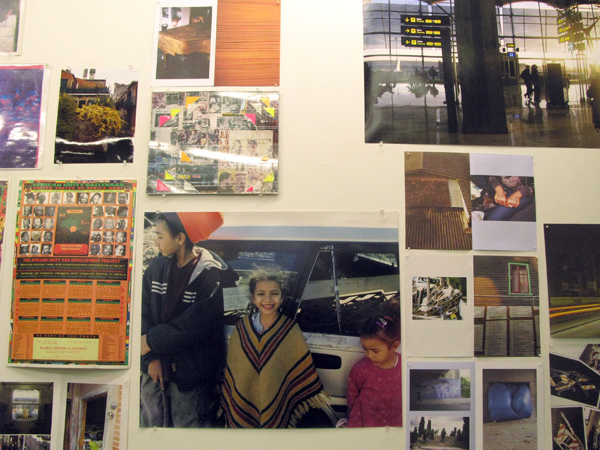








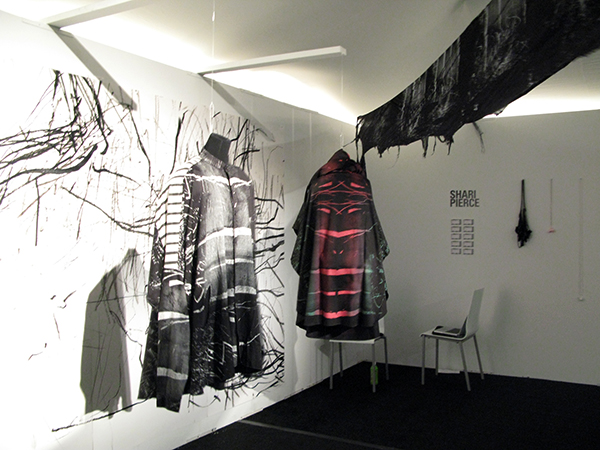

 RSS
RSS
